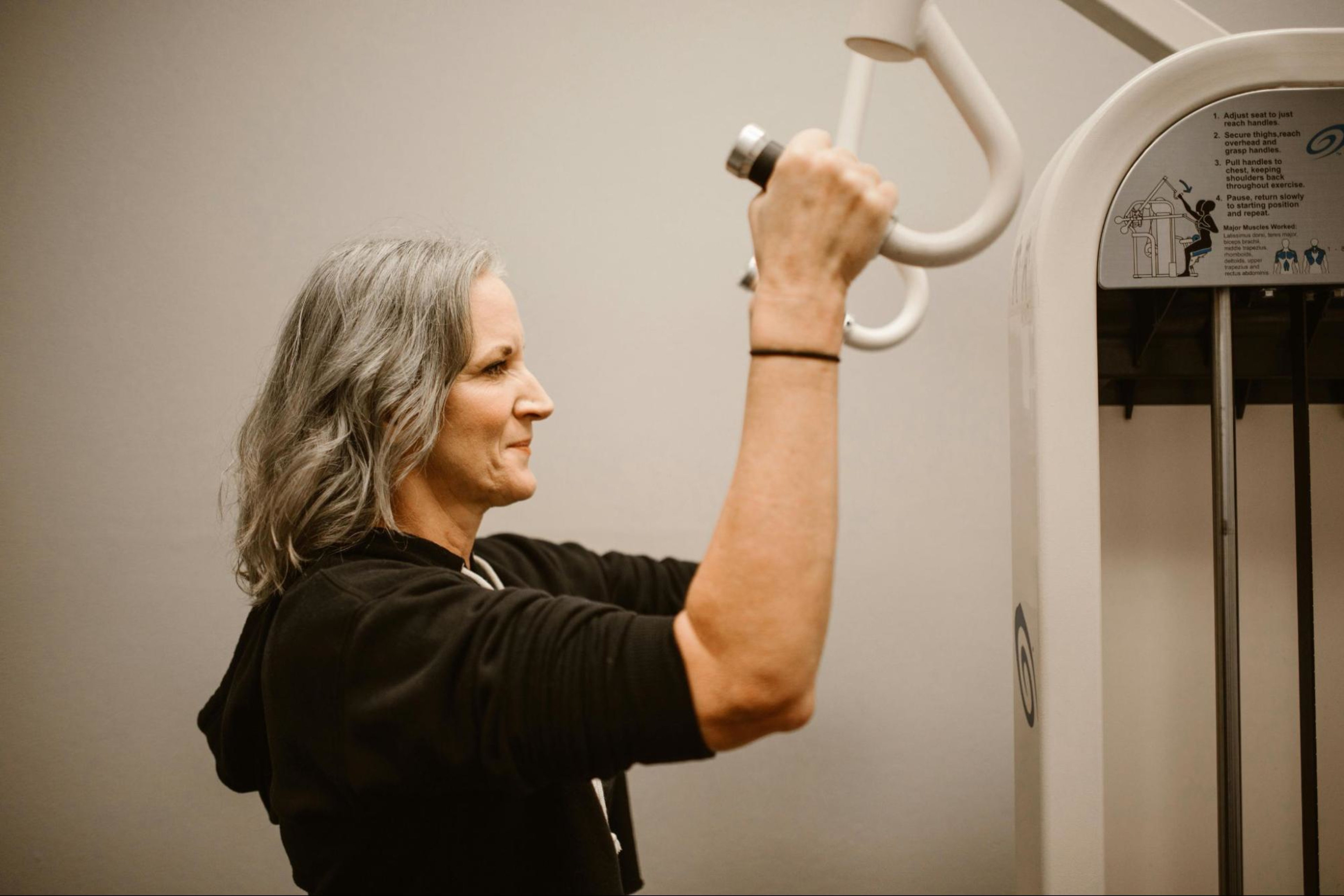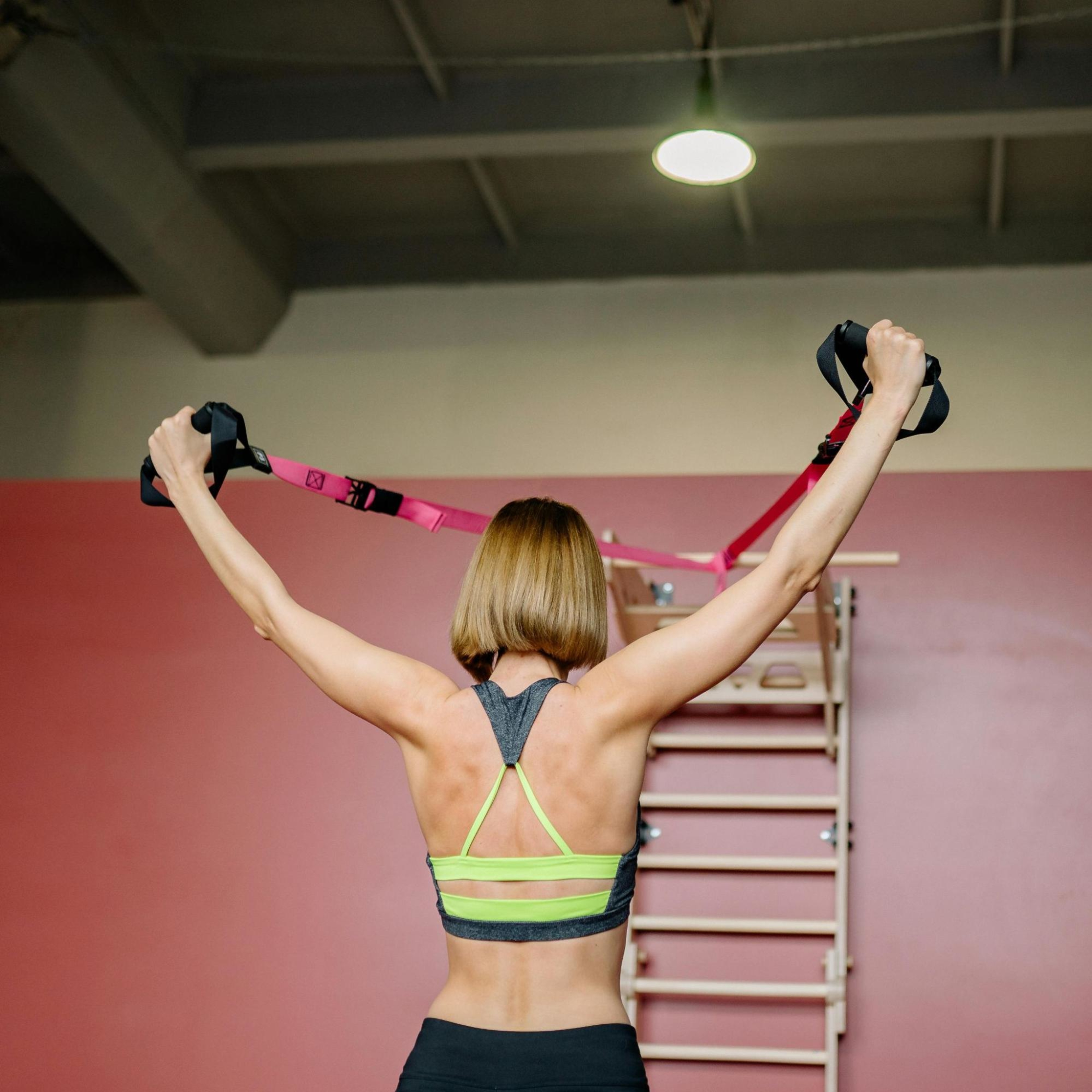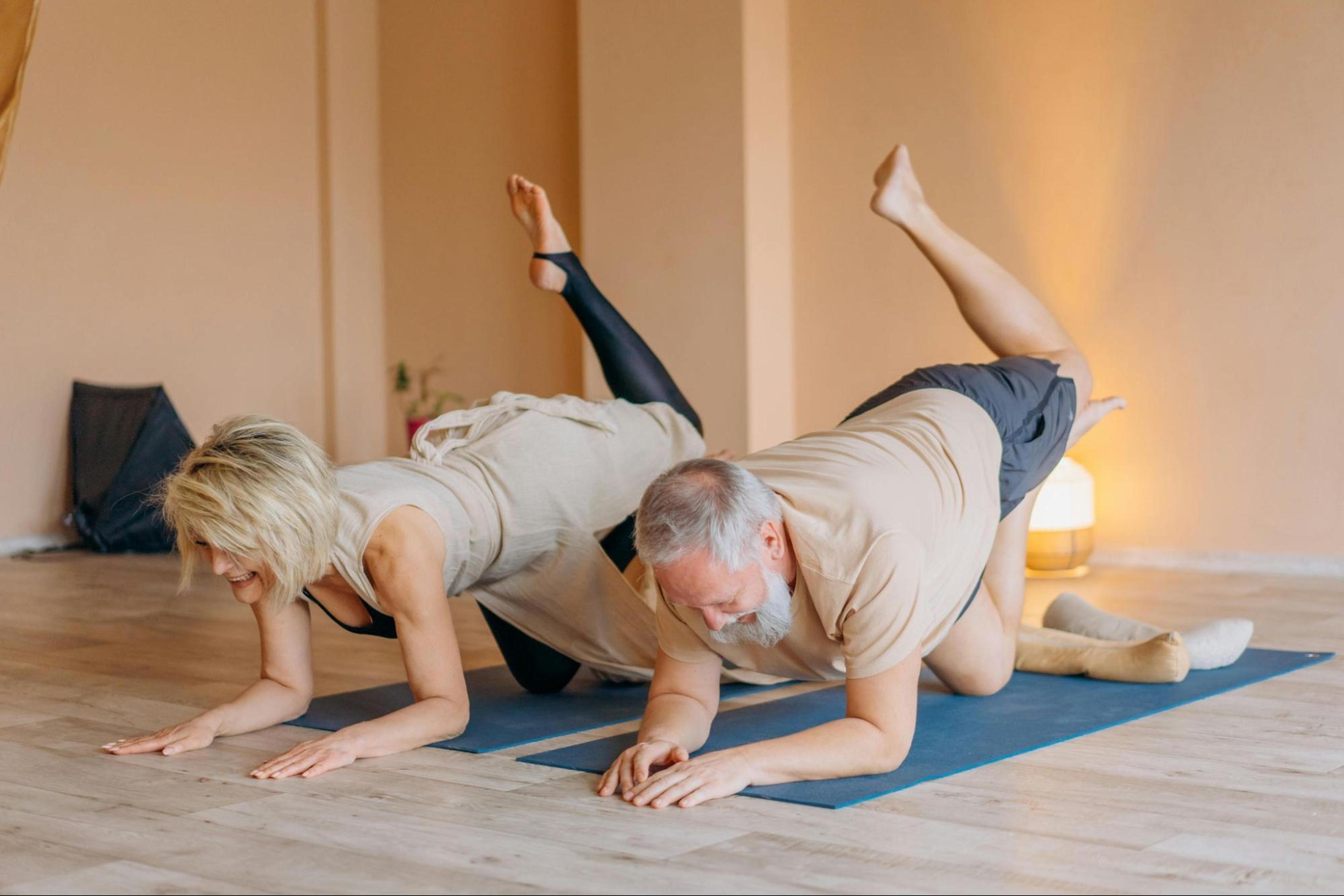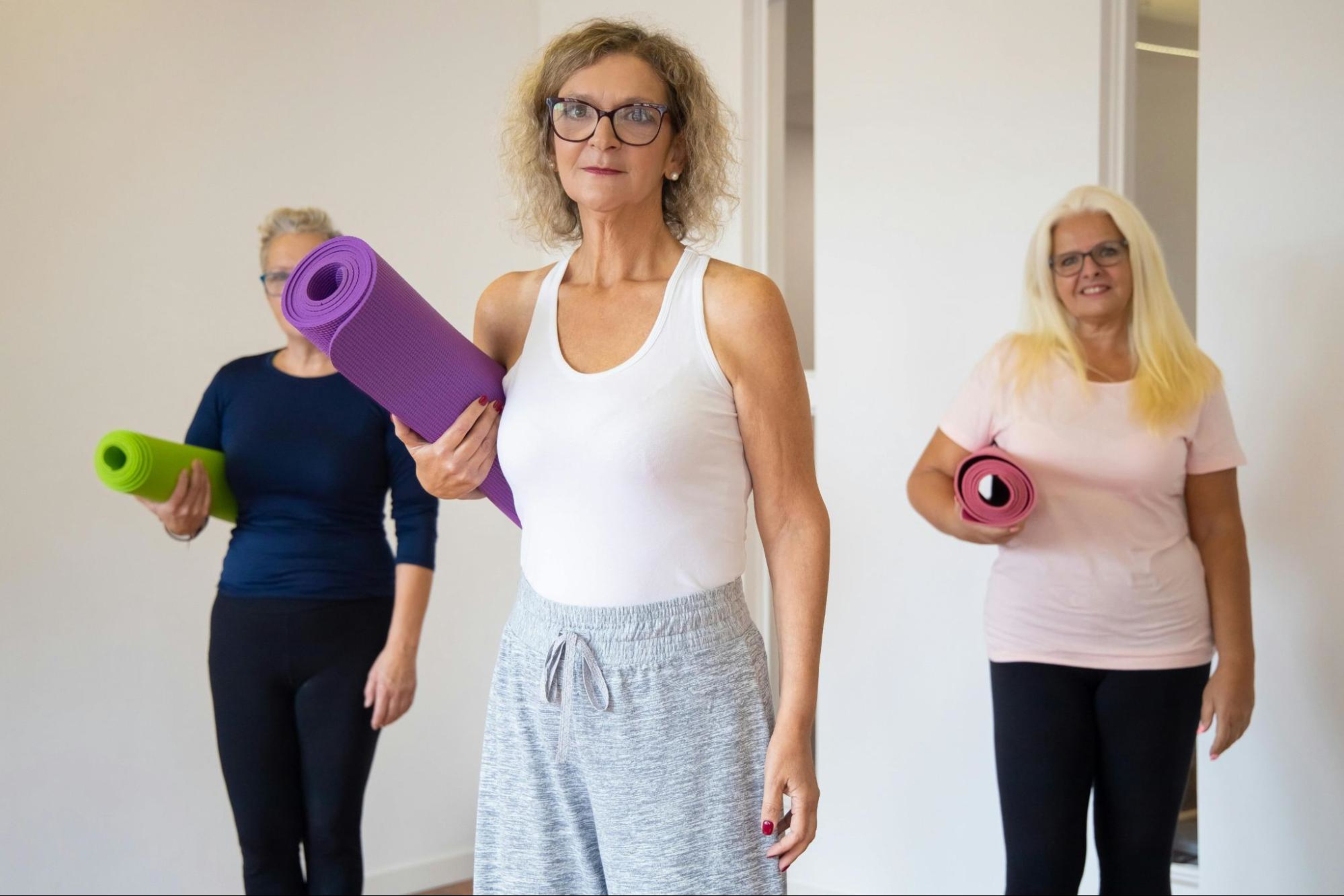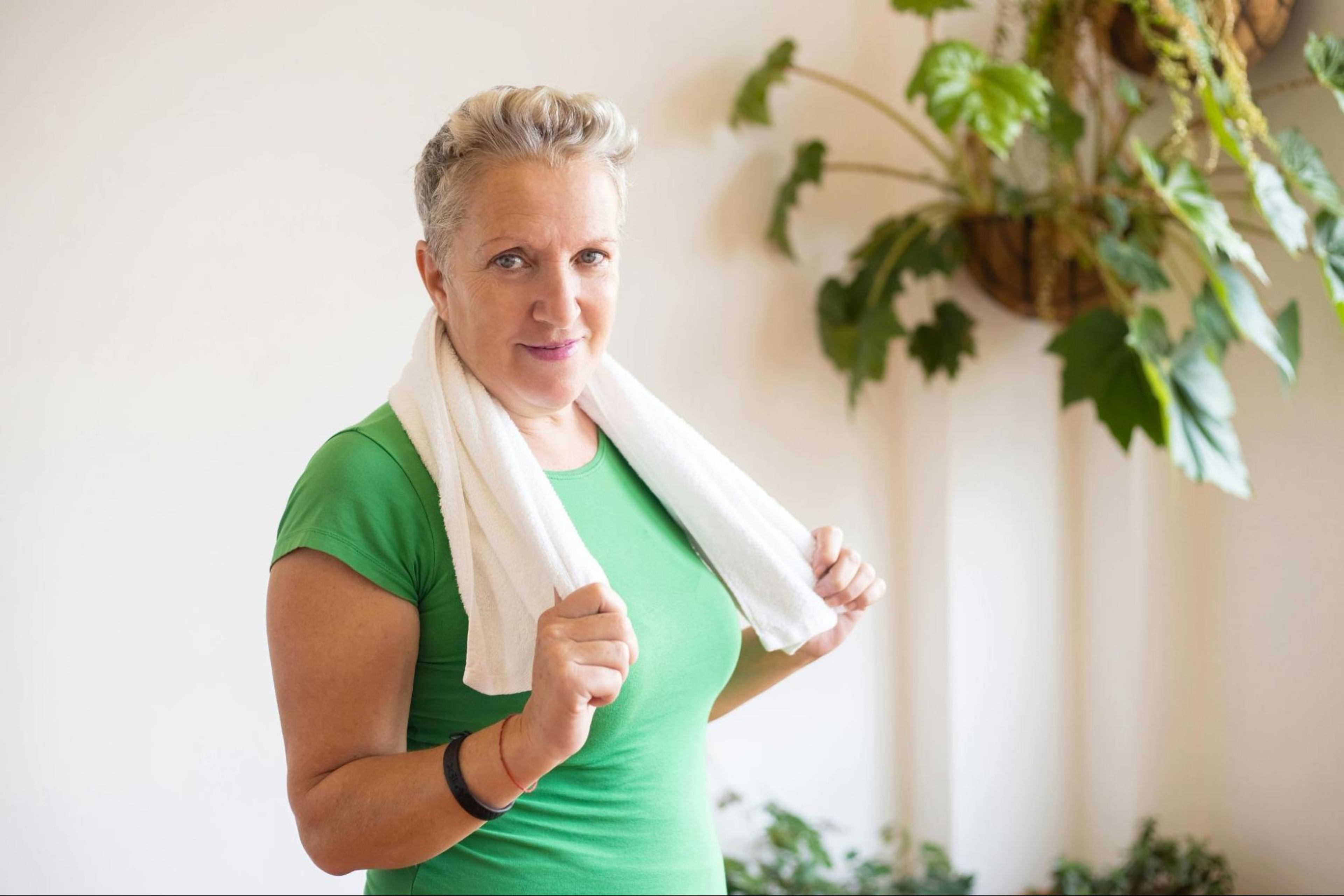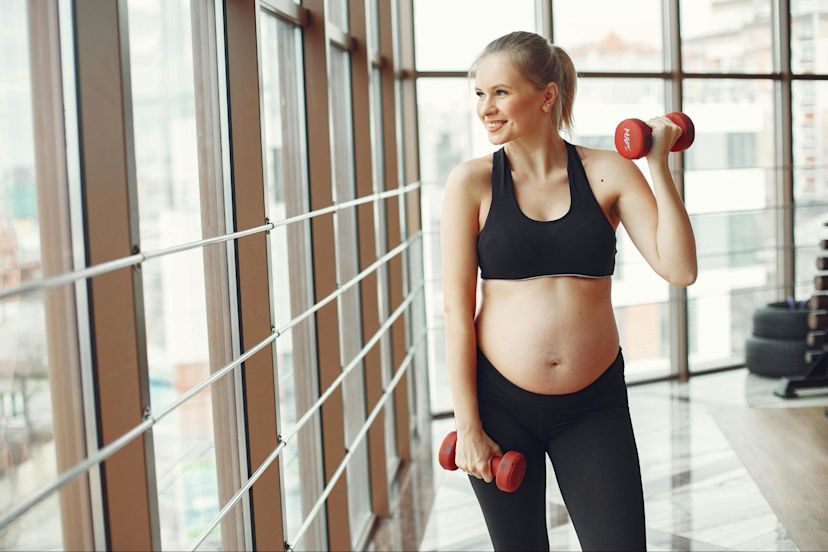The 12 Best Strength-Training Exercises for Women Over 50

Strength training is important for everyone—at any age. Not only does resistance training build muscle and support healthy bones, it’s also linked with benefits like less pain, better sleep, and a longer lifespan.
But women over 50 in particular can benefit from lifting weights to preserve muscle mass and bone health as they age. After the age of 50, there is an increase in the percentage of muscle mass loss, which is enhanced during menopause with changing levels of estrogen. Strength training is a fantastic way to combat this.
Here, learn all about the importance of strength training for women over 50, the best exercises to try, and common mistakes to avoid.
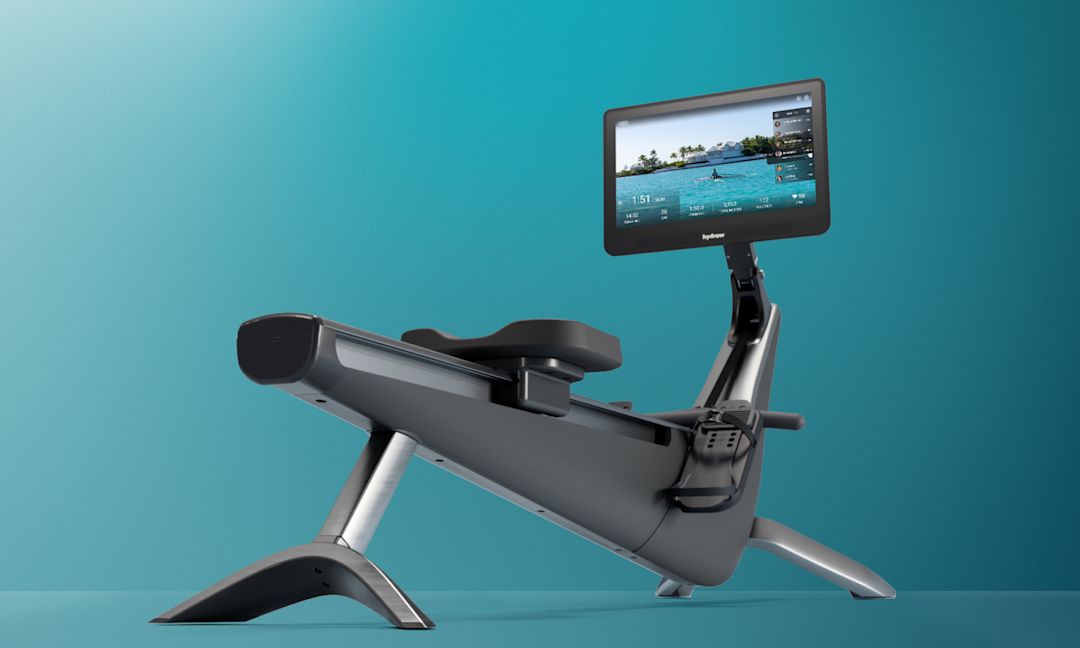
Holiday savings are here
Bring home our award-winning rowers at the best prices of the year.
Why strength training is essential for women over 50
We all naturally lose muscle as we age. This effect of aging, called sarcopenia, speeds up in women after menopause, which typically occurs around age 52 in the U.S., according to the National Institute on Aging (NIA). With this loss of muscle can come weakness, fatigue, and balance problems, according to the National Cancer Institute (NCI), which can hamper your quality of life and the activities you can safely do as you get older.
Loss of muscle can also make you more likely to fall, per the NCI. Falls are dangerous because of the risk of breaking a bone. And after menopause, women also lose bone density, increasing the risk of osteoporosis and fractures, according to the Office on Women’s Health. Strength training not only preserves muscle strength that helps prevent falls, it also helps increase bone density and slow down bone loss, according to the American Academy of Orthopaedic Surgeons.
Women who strength train are also more likely to live longer, according to 2024 research in the Journal of the American College of Cardiology. And longevity (as well as quality of life) may be on your mind more and more after your 50th birthday.
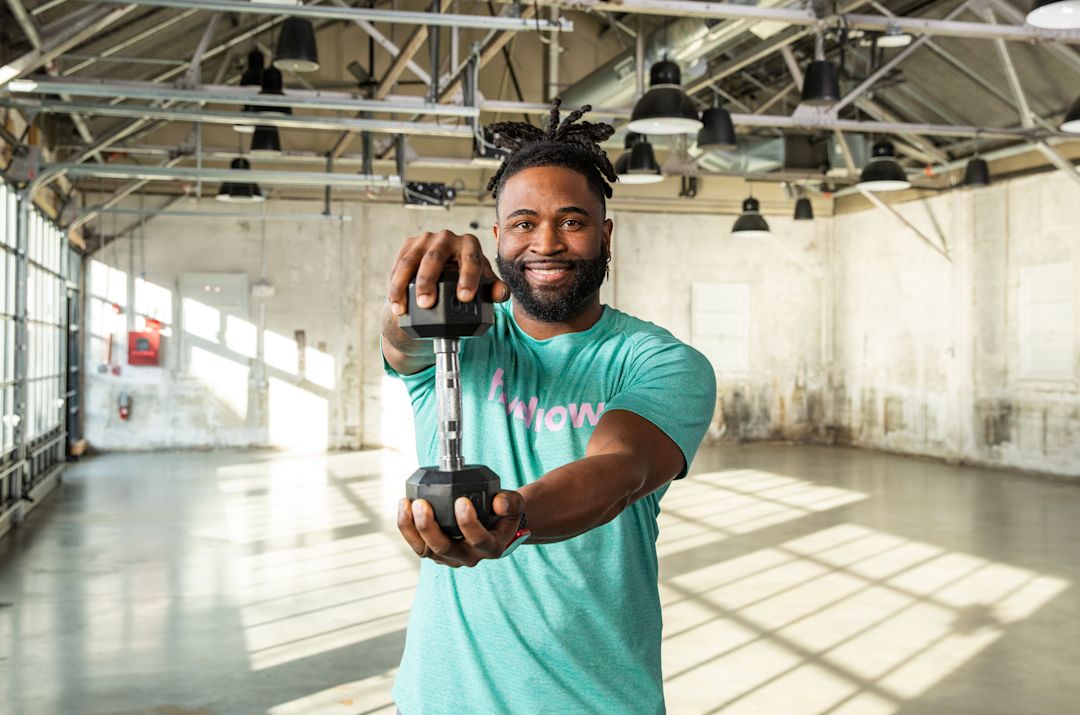
Explore Hydrow's library of strength training workouts.
Key strength training guidelines for women over 50
Yes, strength training is important at any age. But it can still look different for people at different ages. Try not to compare yourself to your younger self or younger workout buddies. You may move differently in your 50s than you did in your 20s—and that’s OK!
If you’re brand new to strength training, it never hurts to get cleared by your doctor before you begin. They might recommend you avoid certain exercises if you have any underlying health concerns or past injuries.
Once you get the go-ahead, aim to strength train all your major muscle groups at least twice a week. If you need to work up to that goal, any strength training is better than none, according to the NIA.
Don’t rush this process. It’s worth taking the time to build up gradually, beginning with bodyweight exercises or light weights and learning proper form before challenging yourself more.
If you’re already more experienced with strength training, aim for two to three workouts a week and at least 150 minutes of moderate-intensity cardio exercise each week, too, per the Centers for Disease Control and Prevention.
The 12 best strength-training exercises for women over 50
Women over 50 can benefit from a wide range of strength training moves, not just the movements listed here. But these are 12 of the best strength-training exercises to try after 50 and beyond that can easily be done from the comfort of your home, including lower-body, upper-body, and core strength exercises:
Let’s dive in!
The best lower-body strength exercises for women over 50
1. Banded lateral walk
Using a mini-loop resistance band, this exercise can “wake up” a smaller glute muscle called the gluteus medius. When this muscle is weak, you may experience knee or back pain, according to the American Council on Exercise, both common concerns in women over 50.
How to do a banded lateral walk:
Position a mini-loop resistance band around your shins or just above your knees.
Step your feet slightly wider than shoulder-width apart so there’s tension on the band.
Bend your knees so you’re in a quarter-squat position. Keep back tall.
Step your right foot laterally about a foot to the right.
Move the left foot towards the right foot while maintaining tension on the band.
Stay in the quarter-squat position as you continue stepping laterally for your desired number of repetitions.
Repeat for the same amount of repetitions in the opposite direction.
2. Bodyweight squat
Training large muscle groups like your glutes, quads, and hamstrings with squats helps power just about every movement, including standing up from a chair, climbing stairs, and your favorite cardio workouts.
How to do bodyweight squats:
Start standing with your feet slightly wider than your hips and your toes slightly turned out to allow your hips and knees to move smoothly during the exercise.
Prior to initiating the movement, be sure to engage your personal weight belt, pulling your belly button to your spine to engage the transversus abdominis (the most internal abdominal muscle). Be sure to keep your core engaged to support your back throughout the entire movement, too.
Bend your knees as your hips move back and down, as if you were about to sit down on a chair. Keep your chest lifted, your back straight, and your knees tracking over your toes.
Continue lowering down until your thighs are parallel with the ground, or as low as you can comfortably go while maintaining good form. Make sure your knees aren’t caving in but instead remain over your toes throughout the entire movement.
Press through your feet to return to standing.
Squeeze your glutes at the top of the movement.
Continue for your desired number of reps.
You don’t need any equipment to do bodyweight squats, but you can add dumbbells, kettlebells, resistance bands, or a barbell if you’re ready for more of a challenge.
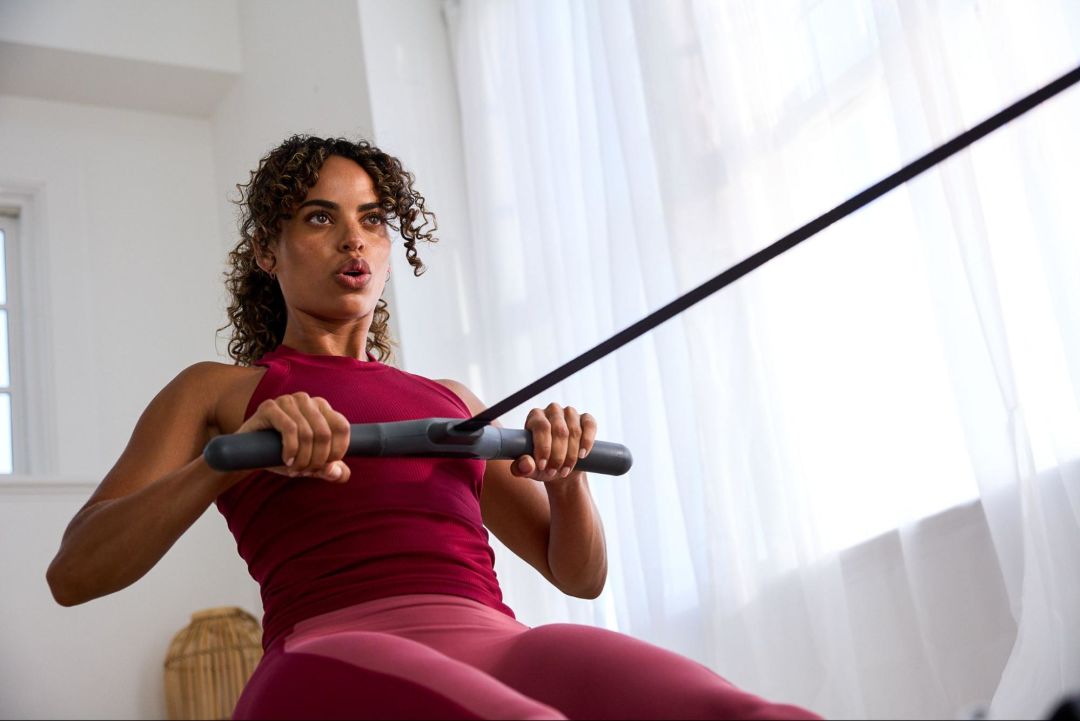
Efficiency for the win.
Work 86% of your muscles in just 20 minutes of rowing with Hydrow.
3. Step-up
This lower-body exercise helps with leg and glute strength, which can take pressure off sore joints and build balance. This is a very functional exercise that can accommodate daily walking up and down stairs. The only equipment you need is a sturdy step or box to stand on. If this starts to feel too easy, however, you can hold a dumbbell in each hand.
How to do step-ups:
Stand in front of a staircase at home or an aerobics step or box at the gym.
Step your right foot up onto the surface, ensuring your full foot is on the surface.
Press through your right heel to lift your whole body up and stand fully on the step.
Step your left foot down onto the floor.
Return your right foot to the floor.
Continue for your desired number of reps. Then switch sides: Repeat for the same number of reps stepping up with your left foot first.
Want to challenge yourself? Hold onto dumbbells or kettlebells as you step up and down.
4. Calf raise
Fine-tune the strength in your calf muscles with this seated exercise.
How to do a calf raise:
Sit on a sturdy chair or bench at the gym with your knees bent and the balls of your feet on a block or step.
Keep your knees bent at 90 degrees and your toes pointing forward as you lower your heels toward the floor until you feel a stretch in the backs of your lower legs.
Press through the balls of your feet into the block or step as you raise your heels as high as possible.
Lower back down to the starting position. Continue for your desired number of reps.
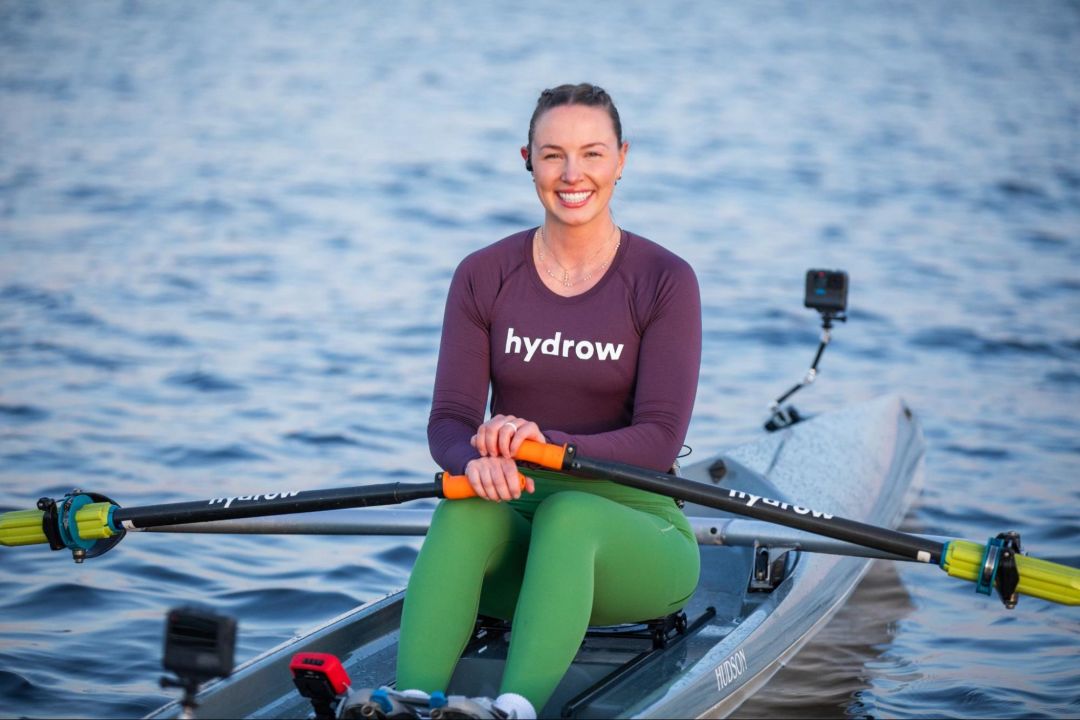
Did you know?
Over 90% of Hydrow members are still active one year later.
The best upper-body strength exercises for women over 50
1. Dumbbell suitcase carry
You’ll work on arm, shoulder, and core strength with this functional movement that mimics carrying suitcases or grocery bags. As a bonus, your legs will get involved, too, as you move around! You’ll need two weights or household items.
How to do a dumbbell suitcase carry:
Start standing tall holding a dumbbell in each hand at your sides.
Engage your core and maintain good posture as you walk a predetermined distance or for a certain amount of time.
Turn around and return to the start.
Continue for your desired number of sets or amount of time.
2. Back fly
The back fly helps improve posture by strengthening the upper back and shoulder muscles, which can counteract age-related slouching. It's also great for supporting joint health and maintaining upper body strength as you age.
How to do a back fly:
Stand with feet hip-width apart, holding a dumbbell in each hand.
Hinge forward at the hips, keeping your back flat and a slight bend in your knees. Let your arms hang down, palms facing each other.
Raise both arms out to the sides until they're in line with your shoulders.
Slowly lower back to start. Repeat.
3. Dumbbell floor chest fly
Grab a pair of dumbbells or household items like water bottles for this chest exercise. The fly primarily engages your chest and arm muscles in a different way, also recruiting some stabilizing back, and shoulders.
How to do a dumbbell floor chest fly:
Start lying down on your back on a mat or other cushioned surface with a dumbbell in each hand.
Bend your knees and plant your feet flat on the floor.
Extend your arms straight to hold the dumbbells above you, palms facing each other.
Engage your core by tilting your pelvis slightly forward, with your back pressed into the floor.
Keeping a slight bend in your elbows, lower the weights out to your sides slowly and with control.
Lower until your elbows are an inch or two off the ground.
Squeeze the muscles in your chest to pull your arms back together.
Continue for your desired number of reps.
4. Overhead press
Women often exhibit less upper-body strength than men. Exercises like this one build the back, arm, and shoulder strength that allow you to continue carrying out tasks like lifting boxes off the shelf. You’ll need two dumbbells or household items like water bottles.
How to do an overhead press:
Start standing tall with your feet planted shoulder-width apart holding a weight in each hand at shoulder height, elbows down and out, palms facing away from you.
Press the weights directly over your head without locking out your elbows. The weights should almost touch each other above you.
Slowly and with control, lower the weights back down to your shoulders.
Continue for your desired number of reps.
Related blog: Your Guide to 12 Powerful Arm Workouts for Women
The best core exercises for women over 50
1. Bird dog
This is a highly coordinated core exercise that engages many muscles of the core area. You don’t need any equipment for this exercise, but it may be more comfortable on a mat or another soft surface.
How to do bird-dog:
Start on your hands and knees with a neutral spine on a mat or carpet.
Engage your core and slowly extend your right leg behind you.
Simultaneously extend your left arm in front of you.
Hold this position briefly, then return your right leg and left arm to the floor.
Continue for your desired number of reps, then switch sides. Repeat for the same number of reps on the opposite sides.
2. Forearm plank
Holding this static position for 30 seconds or longer helps build core strength and stability and strengthens the muscles of your pelvic floor. You’ll get some bonus action for your arms, shoulders, and glutes, and the only equipment you need is a mat or another comfortable surface. Performing a plank on your forearms instead of your palms also alleviates some of the pressure on achy wrists or shoulders.
How to do a forearm plank:
Lie on your stomach on a yoga mat or other cushioned surface.
Prop yourself up on your toes and your forearms, with your elbows right under your shoulders.
Lift your body until you form a straight line from your heels to your hips to your head. Don’t let your hips sag or lift them too high.
Hold this position for your desired amount of time.

From pain to power
How I transformed my fitness routine in my 60s with a Hydrow rowing machine.
3. Glute bridge
This bodyweight bridge exercise doesn’t require any equipment. In addition to challenging your glutes, it also strengthens your hamstrings, core, and pelvic floor.
How to do glute bridges:
Start lying on your back on a mat or other cushioned surface.
Bend your knees and plant your feet about six inches from your butt. The closer your feet are, the more you’ll engage your glutes (and the further your feet are, the more you’ll engage your hamstrings). Your arms can be flat by your sides.
Engage your core by tucking the pelvis forward and up.
Press through your heels to lift your hips until your body forms a straight line from your knees to your shoulders. Pause here briefly.
Slowly and with control, lower your hips back down.
Continue for your desired number of reps.
You can increase the difficulty of this exercise by doing a one-legged glute raise.
4. Clamshell
This bodyweight glute exercise primarily targets the gluteus medius, which is essential for balance and stability during daily activities. You can do this move with no equipment, or you can add a resistance band for more of a challenge.
How to do clamshells:
Lie on one side with your legs stacked and your knees bent at 45-degree angles. Keep your head, neck, and spine neutral.
Keep the insides of your feet pressed together as you lift your top knee as high as you can without moving your hips or pelvis.
Squeeze your glutes and pause here briefly.
Lower your knee to the starting position.
Continue for your desired number of reps. Then switch sides and repeat for the same number of reps using the opposite leg.
Tips for structuring an effective strength-training workout for women over 50
Generally, it’s safe to start with 8 to 12 repetitions of 8 to 10 different exercises from the list above, according to the NASM. Make sure to warm up before strength training. A few minutes of light rowing or walking will get your heart rate up. Add in a few dynamic warm-up exercises like arm circles and toe touches to get your joints and muscles limber, too.
Give yourself about 48 to 72 hours of recovery time between strength sessions that work the same muscle groups, per the NASM. That gives your muscles enough time to heal and repair. It’s during this downtime that your muscles actually grow stronger. To keep your exercise routine consistent, you can certainly do cardio exercise between your strength sessions.
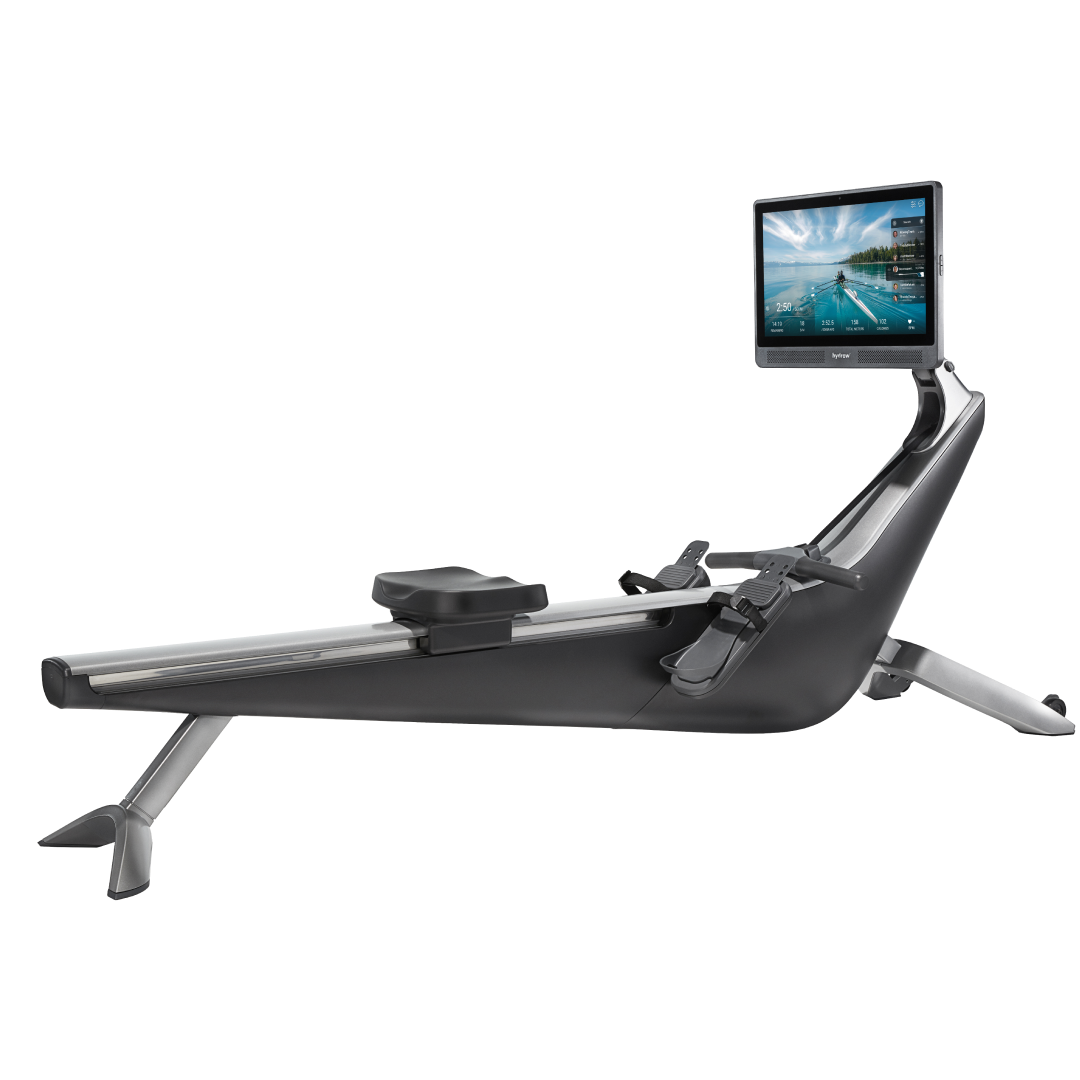
Cardio and strength, combined
Burn calories and build muscle with steady, natural movements.
Your diet matters, too. You need to make sure you’re eating enough total calories to fuel your activity. And you should focus specifically on getting plenty of muscle-building protein. Older adults in general are less likely to meet their protein goals, according to The Journal of Nutrition, Health, and Aging research.
If you’re not sure how much protein you’re getting, it might be worth tracking your food in a food diary or calorie-tracking app and adjusting as necessary. And drink plenty of fluids to avoid dehydration, which can stall your strength-training progress, per the NASM.
Related blog: 30 High-Protein Snacks to Build Muscle and Fight Hunger
Common mistakes to avoid for women strength training after 50
For the most effective strength-training workout for women after 50, you’re going to want to avoid these common pitfalls:
Not getting the right nutrition. While some older adults may not eat enough total calories or protein to support muscle-building, it’s just as common to overeat high-calorie foods that lack nutritional value. It’s helpful to learn more about the caloric and protein content of the foods you’re eating to ensure you’re meeting your needs. As a general rule, aim for at least 1 gram of protein per pound of body weight per day and around 1,800 calories a day if you’re active.
Not challenging yourself enough. Due to the fear of “bulking up” or misconceptions about what aging athletes are capable of, you may be tempted to stick to comfortable, light weights. But if your training doesn’t challenge you, you won’t build muscle or strength. When your reps, sets, or weights start to feel a little too easy, add more reps or sets or grab heavier dumbbells or other weights. This is an important resistance training concept called progressive overload that ensures you keep adapting to your workouts to stimulate muscle growth.
Not asking for help. If you’re new to strength training, there’s no shame in asking for a little guidance. Find a local gym with personable staff who can show you the ropes or consider scheduling a couple of sessions with a certified personal trainer—maybe even one who specializes in working with women over 50—to make sure you know how to structure a workout and perform each exercise safely and with proper form.
Dive into strength training today with Hydrow
Strength training doesn’t have to be intimidating after 50. It’s all about choosing exercises and activities you enjoy that motivate you to build muscle, balance, and bone density so you can move with comfort and ease for years to come. And the great news is, it’s never too late to start!
Looking for a way to incorporate more strength training into your exercise routine? Hydrow offers guided strength training workouts for every fitness level, all led by world-class Athletes who coach you through each movement and help you stay consistent. Additionally, our rowing workouts target 86% of your muscles with every stroke, delivering full-body training and real results.
Explore Hydrow’s strength workouts and see how far you can go.
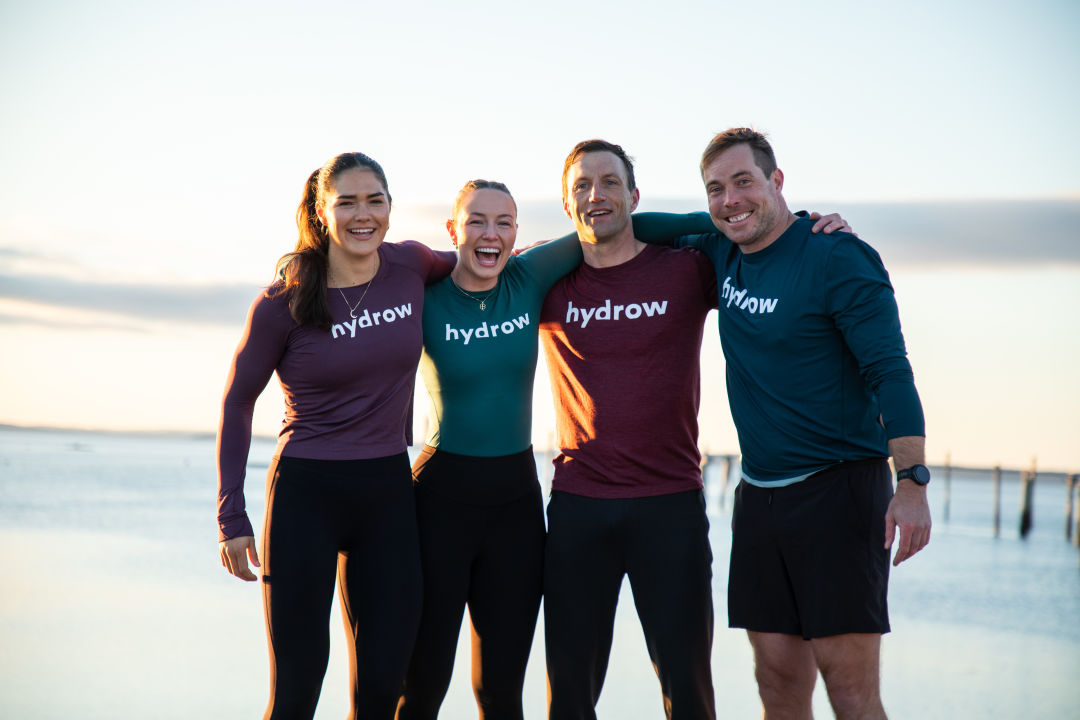
Explore Hydrow’s library of 5,000+ rowing, circuit training, yoga, Pilates, and mobility workouts.

